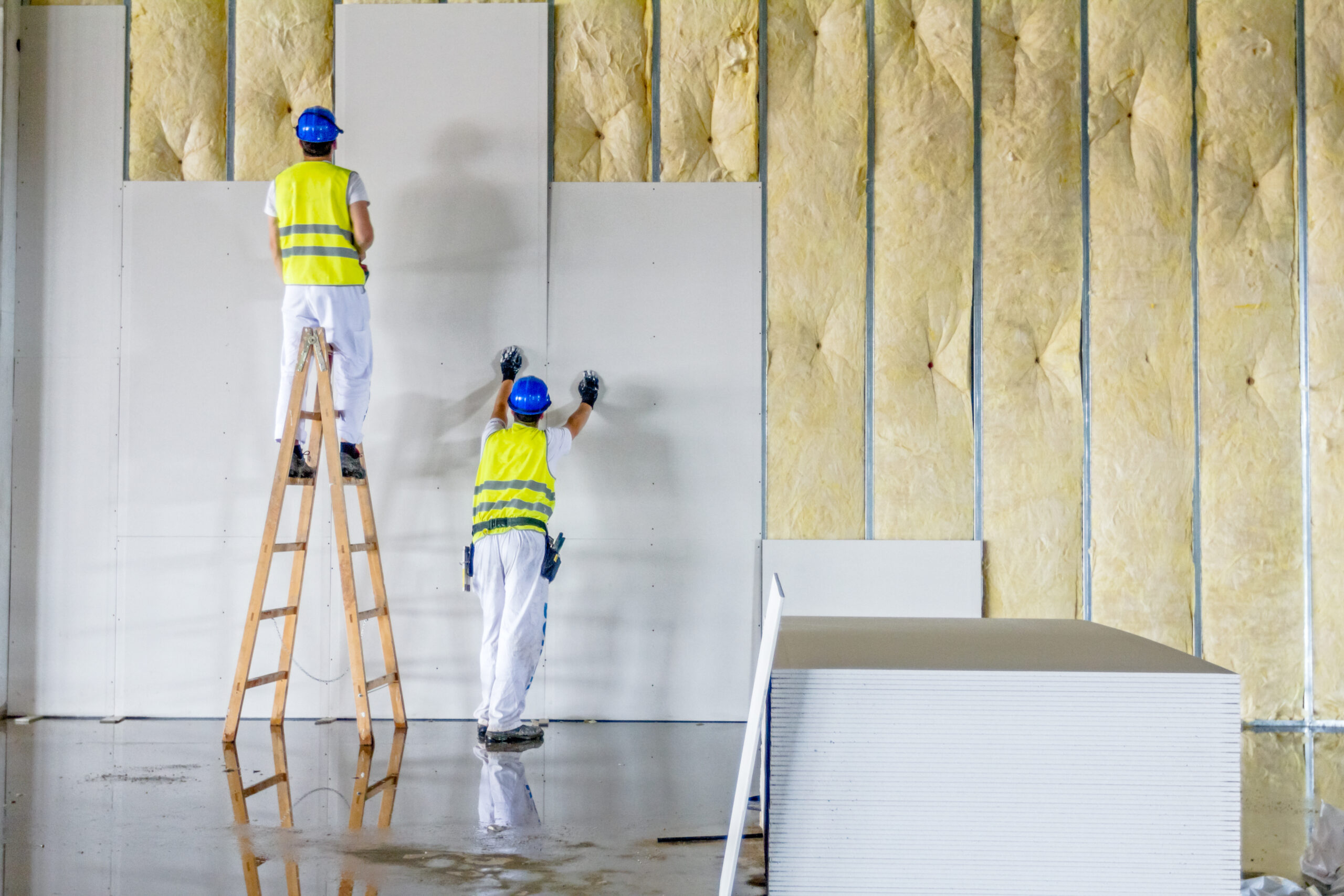
When it comes to building performance, few concepts are more fundamental—or more overlooked—than the building envelope. It’s your structure’s first line of defense against the elements. But when that envelope fails, the effects can be silent, slow, and devastating.
From persistent moisture problems to reduced energy efficiency, building envelope failure can cause lasting damage. In this post, we’ll break down what it is, why it happens, how to spot it, and what you can do to protect your investment.
What Is the Building Envelope?
The building envelope refers to the physical barrier between the interior and exterior environments of a structure. This includes the:
- Roof
- Exterior walls
- Windows and doors
- Foundation
- Insulation
- Air and vapor barriers
Its main job is to regulate airflow, moisture movement, and temperature—maintaining indoor comfort while keeping out wind, water, and pollutants.
According to the U.S. Department of Energy, improving building envelopes is one of the most effective ways to enhance energy performance and durability in residential and commercial construction.
What Is Building Envelope Failure?
Building envelope failure occurs when any part of this system stops performing its protective functions. Whether due to poor construction, material degradation, or extreme weather, failure can compromise the structure’s resistance to:
- Air leaks
- Water intrusion
- Thermal loss
- Pollutants and microbial contamination
Over time, these issues can lead to structural decay, mold growth, pest infiltration, and skyrocketing energy bills.
Common Causes of Building Envelope Failure
1. Improper Construction or Installation
Many envelope issues begin at the build stage—particularly with rushed construction, poorly installed flashing, or neglected air sealing.
2. Moisture Intrusion
Unsealed penetrations, cracks in siding, and missing caulk around windows can allow water into wall systems. Once inside, moisture can saturate insulation, wood framing, and drywall, setting the stage for microbial growth. According to research published in the journal Building and Environment, moisture intrusion is the primary factor in premature building material failure and microbial contamination.
3. Aging Materials
Weather-exposed components like roofing membranes, siding, and vapor barriers eventually degrade—especially in regions with high UV, humidity, and seasonal storms.
4. Poor Ventilation
Insufficient airflow in attics and crawlspaces leads to trapped humidity, encouraging condensation, mold, and material decay.
How to Spot Signs of Envelope Failure
If your home or building is experiencing any of the following, a failing building envelope may be to blame:
- Persistent mold or mildew odors
- Warping or bubbling paint
- Uneven indoor temperatures or drafts
- Condensation on windows or walls
- Visible moisture stains
- High humidity despite HVAC use
- Unexplained spikes in energy bills
Why It’s a Big Deal
Building envelope failure is more than an inconvenience—it’s a risk to your health and property. Consequences include:
- Mold colonization inside walls and ductwork, degrading air quality
- Structural damage from rot, rust, or corrosion
- Energy inefficiency, forcing HVAC systems to overwork
- Pest entry points, especially in wall cavities or crawlspaces
- Devaluation of property, especially if left unaddressed during a sale
The Southeast Challenge: Humid Climates & Heavy Rains
In high-humidity regions like the Southeastern U.S., the risk of envelope failure is even greater. Frequent rainstorms, hurricanes, and elevated dew points mean buildings are constantly challenged by external moisture.
Improperly sealed crawlspaces or unconditioned attics in these climates are notorious for allowing vapor drive—the movement of moisture from outside to inside—leading to hidden mold outbreaks.
How We Can Help
We specialize in uncovering hidden building science failures. Using tools like:
- Thermal imaging
- Moisture mapping
- Air quality testing
- Pressure diagnostics
Our experts can pinpoint weaknesses in your building envelope and provide a custom remediation plan—not just a patch.
We treat the source, not just the symptom.
Final Thoughts
Understanding building envelope failure is the first step toward protecting your structure from long-term harm. If you’ve noticed persistent moisture issues, comfort problems, or strange odors, don’t ignore them—your envelope may already be compromised.
Contact us today for a building envelope assessment. Because real protection starts where the outside meets the inside.


